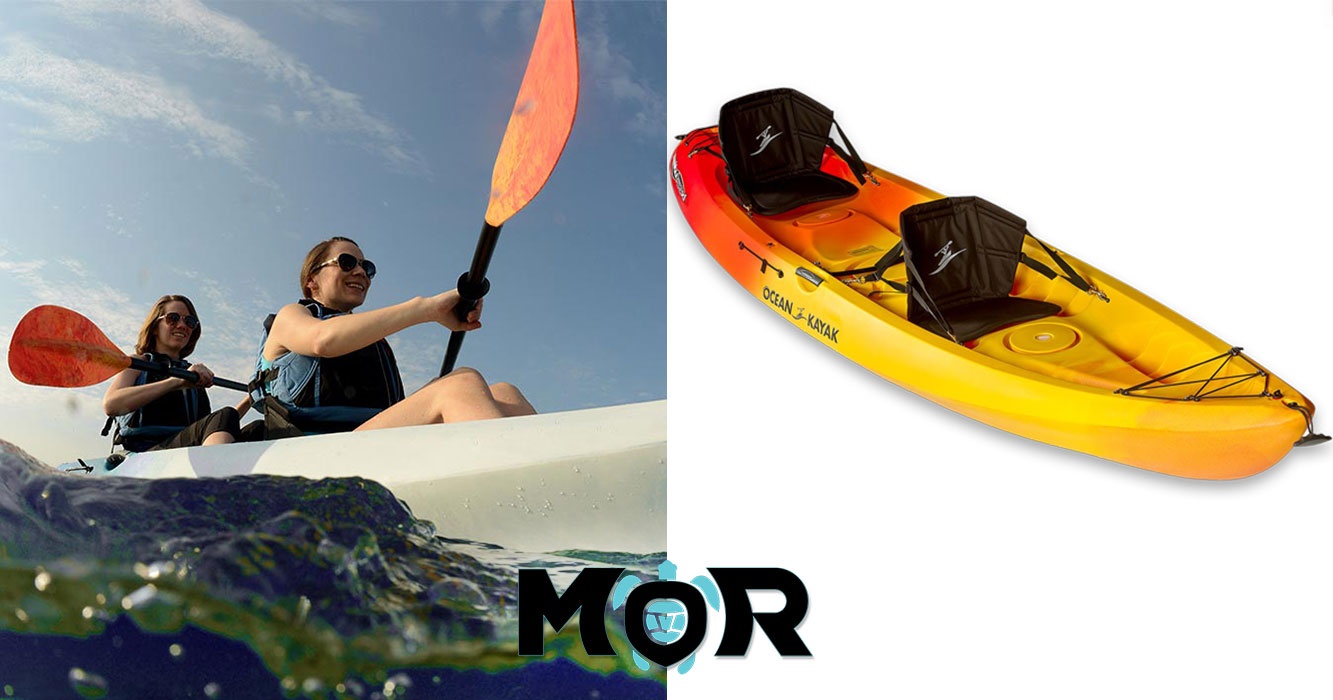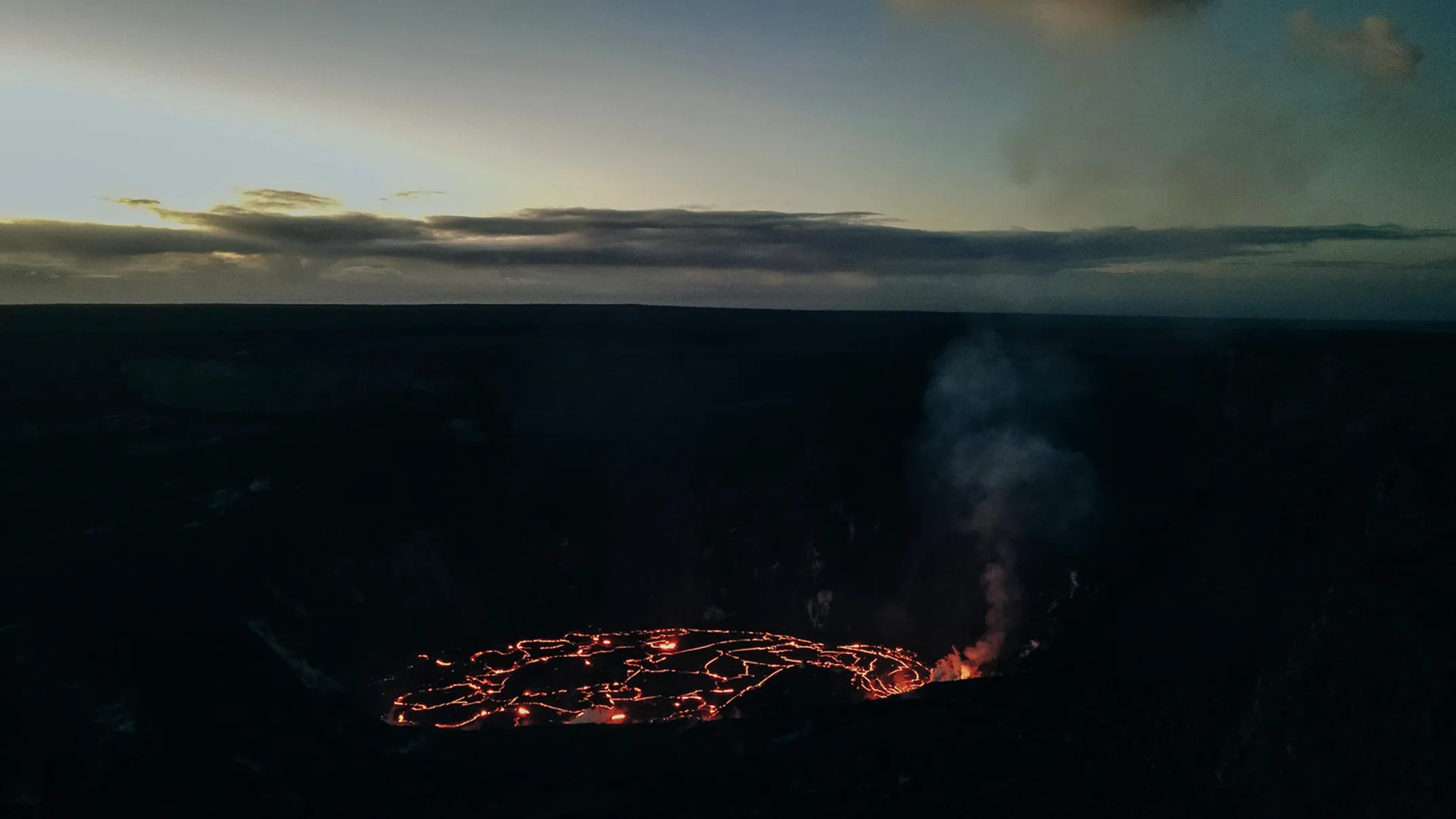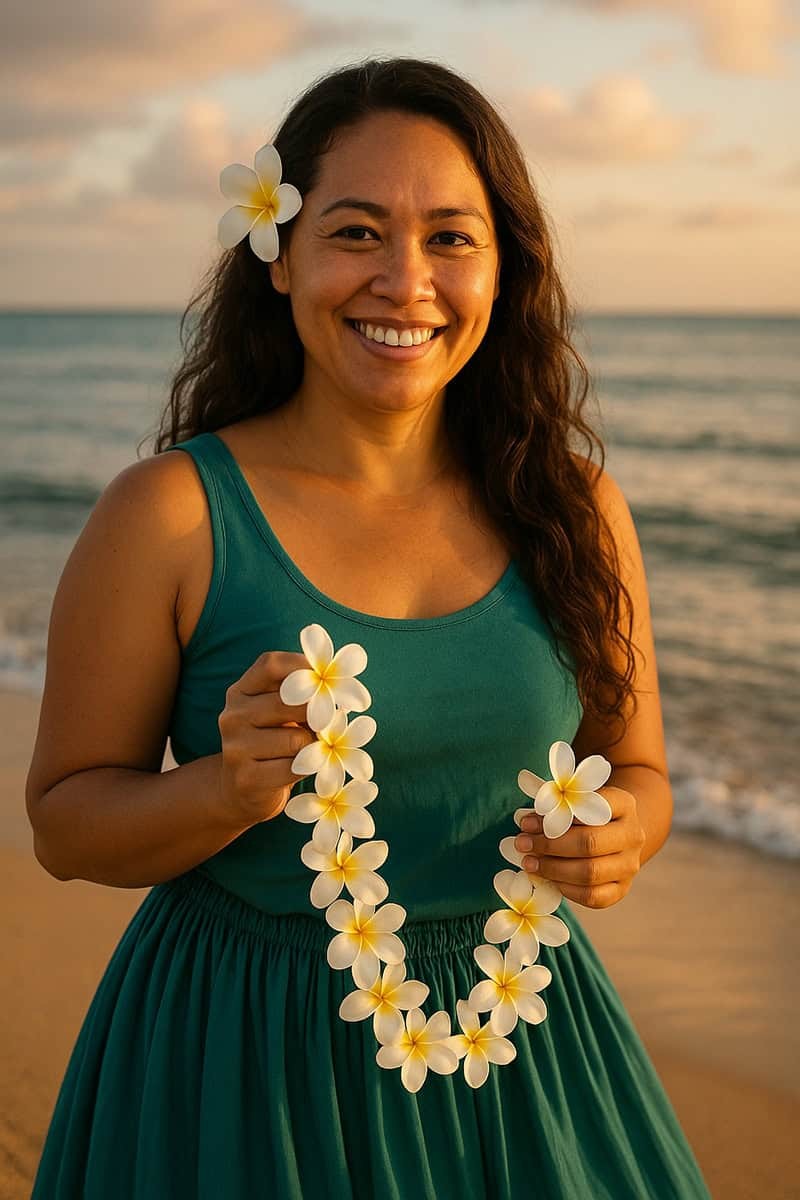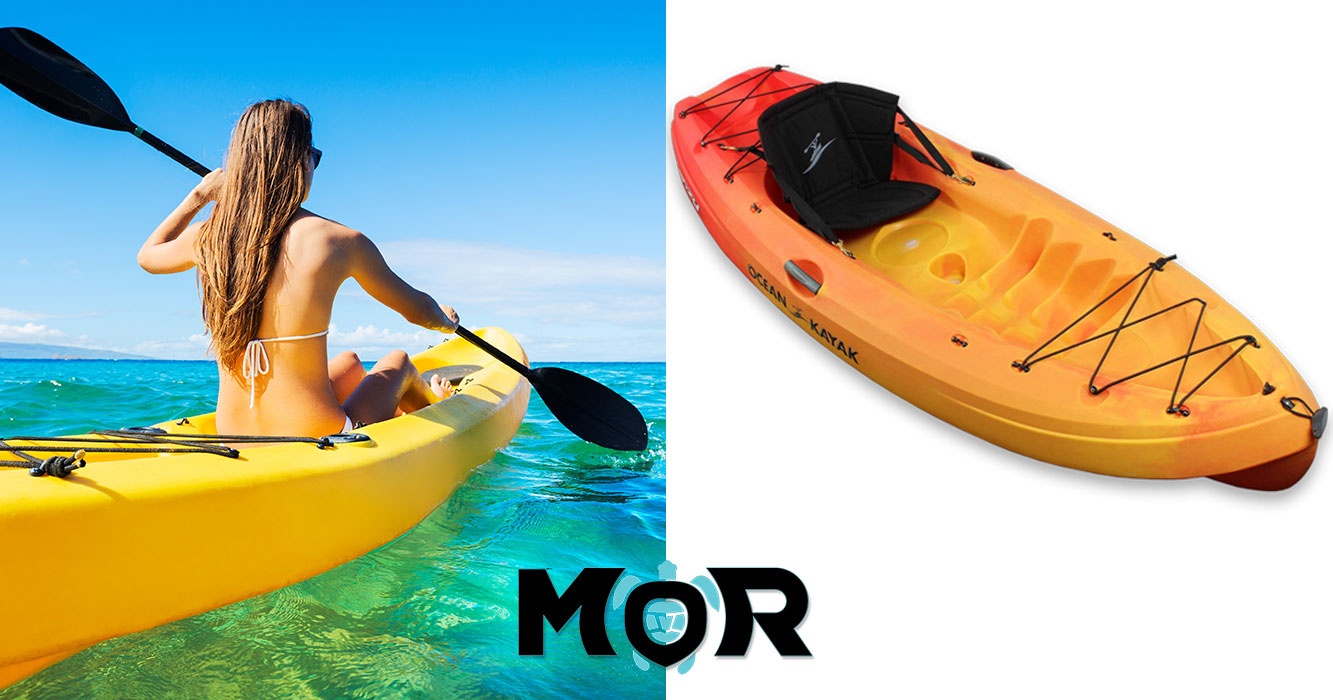

Your All-Island Volcano Adventure
Essential Planning Tips for Hawaii's Volcanic Wonders

Written by a Local Expert
Leilani AkoYour All-Island Volcano Adventure: Essential Planning Tips
Embarking on a multi-island volcano sightseeing journey through Hawaii requires strategic planning to make the most of these diverse and powerful landscapes.
Each island offers unique volcanic experiences. From active lava flows to sacred sunrises, plan your journey to match your interests and physical abilities.
Quick Island Guide
🌋 Hawaiʻi (Big Island)
Best for: Active volcanism, extensive hiking, dramatic landscapes
Highlights: Hawaiʻi Volcanoes National Park, Kīlauea & Mauna Loa
Fee: $30 per vehicle or annual pass
☀️ Maui
Best for: Iconic sunrise/sunset, high-altitude crater hiking
Highlights: Haleakalā National Park, House of the Sun
Fee: $30 per vehicle + $1 sunrise reservation
💎 Oʻahu
Best for: Iconic views, historical interest, physical challenges
Highlights: Diamond Head, Koko Crater Railway Trail
Fee: Diamond Head $5/person + $10 parking, Koko Crater free
🏔️ Kauaʻi
Best for: Canyon vistas, diverse hiking, geological perspective
Highlights: Waimea Canyon, "Grand Canyon of the Pacific"
Fee: $5 per person + $10 vehicle parking
Getting Between Islands
The primary way to travel between the major Hawaiian islands is by air. Hawaiian Airlines and Southwest Airlines are the main carriers offering frequent inter-island flights. Booking in advance is generally recommended, especially during peak travel seasons. Currently, widespread, regularly scheduled passenger ferry services between the major islands are very limited or non-existent for tourism purposes.
Start Your Volcanic Journey
Choose your island adventure and experience the raw power and cultural significance of Hawaii's volcanic landscapes.
Explore All Islands⚖️ Quick Comparison
- Active Lava: Big Island
- Sunrise Views: Maui
- Easy Access: O'ahu
- Canyon Views: Kaua'i
- Most Strenuous: Big Island
📝 Reservations Required
- Haleakalā sunrise (3-7 AM)
- Diamond Head (non-residents)
- Koko Crater: No reservations
- Volcanoes NP: No reservations
📅 Best Times
- Year-round All islands
- Early Morning Best light
- Late Afternoon Golden hour
- Avoid Midday Hot & crowded
✈️ Inter-Island Travel
Frequent inter-island flights
Competitive inter-island service
Especially peak seasons
What to Pack: The Volcano Voyager's Checklist
Weather can change dramatically with elevation and location. Pack wisely for your volcanic adventures across Hawaii's diverse landscapes.
🧥 Clothing Essentials
- • Light layers you can add or remove
- • Waterproof rain jacket
- • Long-sleeved shirts for sun protection
- • Warm fleece jacket for high elevations
- • Comfortable hiking pants
👟 Footwear & Gear
- • Sturdy, broken-in hiking boots
- • Closed-toe shoes (mandatory many places)
- • Comfortable walking shoes
- • Daypack for water and snacks
- • Trekking poles for steep hikes
☀️ Sun & Safety
- • Wide-brimmed hat
- • High-SPF reef-safe sunscreen
- • Quality sunglasses
- • Flashlight/headlamp
- • First aid basics
💧 Hydration & Comfort
- • Large reusable water bottle
- • Electrolyte supplements
- • High-energy snacks
- • Camera/phone with portable charger
- • Face mask for VOG conditions
Travel Pono: Visiting Hawaii's Sacred Landscapes with Respect
Traveling pono means to travel righteously, with care and respect for the land, the culture, and the people of Hawaii. This is especially important when visiting sacred volcanic landscapes.
Heed the ʻĀina (Land)
Stay on marked trails to protect fragile ecosystems. Pack out everything you pack in—leave no trace. Never remove rocks, sand, lava, or plants.
Respect Kānaka Maoli Culture
Be mindful that many sites are sacred. Learn about the moʻolelo and importance of these places. Observe ceremonies from a respectful distance.
Support Local
Choose local businesses, guides, and artisans when possible. Learn basic Hawaiian greetings like "Aloha" and "Mahalo."
The "Island of Hawaiʻi Pono Pledge" is a good example of responsible tourism principles that can be applied across all islands. Embracing these practices ensures that these special places can be enjoyed by generations to come.

